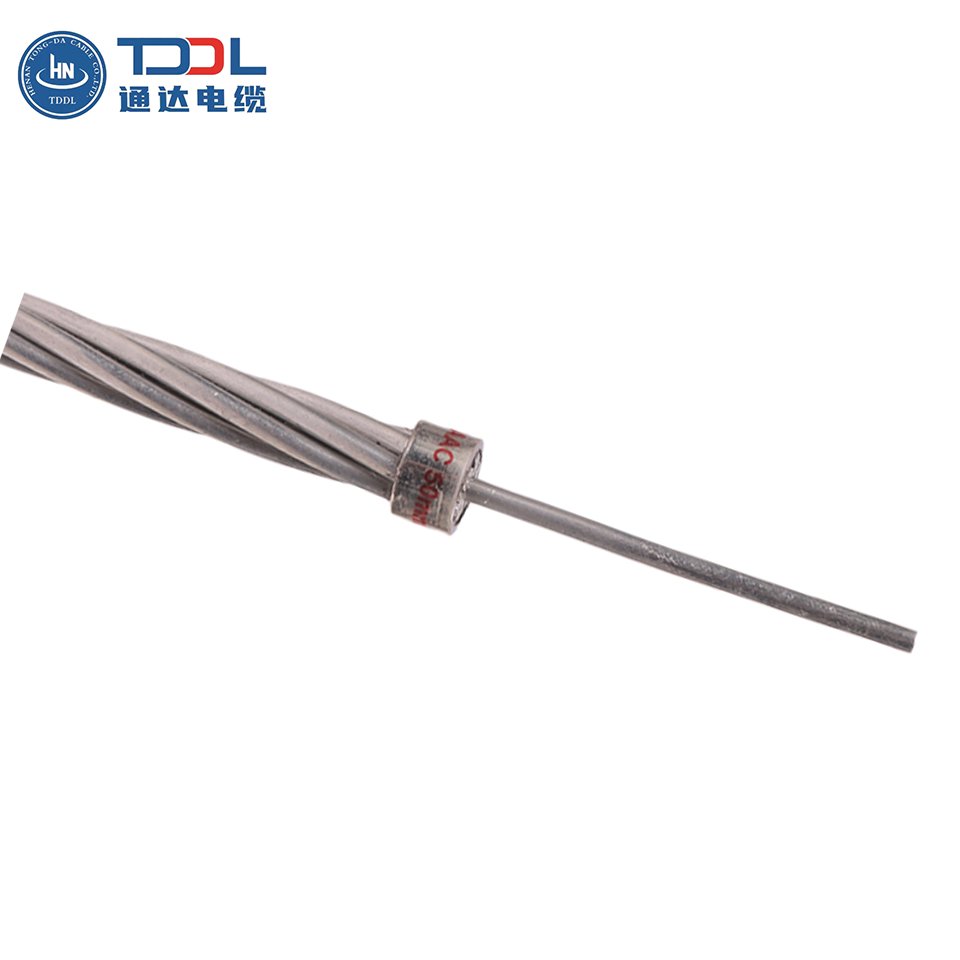Nov 20, 2025
ACSR vs. AAC: A Full Guide to Picking the Best Conductor for Your Power Project
What is an Overhead Conductor?
Overhead conductors play a key role in power transmission and distribution. They carry electricity over long distances. People mount them on poles or towers above the ground. Picking the right type keeps power loss low, ensures mechanical reliability, and saves money over time. Two common choices are AAC (All Aluminum Conductor) and ACSR (Aluminum Conductor Steel Reinforced). Each works best in different situations.AAC Conductor (All Aluminum Conductor)
Definition and Makeup
The AAC conductor uses only stranded aluminum wires. It has no steel or alloy support. Manufactures use EC-grade aluminum. This type has high purity and great electrical flow performance. The simple structure makes AAC light and easy to handle. This helps when quick installation matters most.Key Features
- High conductivity: Pure EC-grade aluminum gives AAC conductivity close to pure aluminum. It has good conductivity.
- Light weight: The all-aluminum design cuts weight a lot. This eases transport and speeds up installation.
- Corrosion resistance: No steel means AAC fights rust naturally. It suits coastal and city areas with moisture and pollution.
Applications
AAC is used in urban overhead lines, short spans, and places where strength is not the main issue. It lacks a steel core. So avoid it for long spans or spots with strong winds or heavy ice,They need higher tensile strength.ACSR Conductor (Aluminum Conductor Steel Reinforced)
Definition and Makeup
ACSR conductors have layers of stranded aluminum wires around a central steel core. This mix joins aluminum's high conductivity with steel's tensile strength. The steel core boosts toughness a lot. Steel core aluminum stranded wire twists aluminum and steel wires together. It has a steel core inside. Single or multi-layer aluminum wires wrap around it. The steel gets galvanized. People use it for overhead transmission and distribution lines at many voltage levels.Key Features
- Great tensile strength: The steel core makes ACSR handle long spans. It fights sagging.
- Cost-effective for high-voltage lines: ACSR cuts sag under load. This allows longer gaps between towers. It lowers total build cost.
- Many designs available: ACSR comes with different aluminum-to-steel ratios. This meets varied needs for strength and current flow.
Applications
ACSR shines in long-distance lines, river crossings, and mountain areas. These demand high strength and long spans. It also handles heavy ice or strong winds well. But the steel core would rust over time in wet or coastal spots. So manufactures add galvanization or grease.AAC vs. ACSR – Main Differences
Both AAC and ACSR worked as overhead conductors in power networks. Their structure create different traits:| Feature | AAC | ACSR |
| Composition | Pure stranded aluminum | Aluminum strands over a steel core |
| Conductivity | High | A bit lower than AAC due to steel core |
| Weight | Lightweight | Heavier due to steel support |
| Mechanical Strength | Low | High |
| Corrosion Resistance | Excellent | Needs galvanization or grease |
| Ideal Usage | Short spans, urban/coastal areas | Long spans, high-stress environments |
Choosing the Right Conductor for Your Project
Decide between AAC and ACSR by looking at several factors as follow:- Span length: Short gaps between poles suit AAC. But steel core aluminum stranded wire has simple structure, high strength, good sag control, and long tower gaps. So ACSR fits longer spans.
- Environmental conditions: City or coastal spots with rust risks favor AAC's resistance. Windy or icy areas need ACSR's toughness.
- Budget limits: Low-stress jobs with tight funds pick AAC. It costs less in materials and setup.
- Electrical load and voltage level: High-voltage systems gain from ACSR. It spans far with little sag and handles big loads.
ACSR conductors with reinforced steel cores play an important role in the power and transmission industry. How to choose between AAC all-aluminum conductor and ACSR aluminum conductor steel reinforced cable matters a lot. It helps deliver reliable power matched to site needs and project goals.



.jpg)
